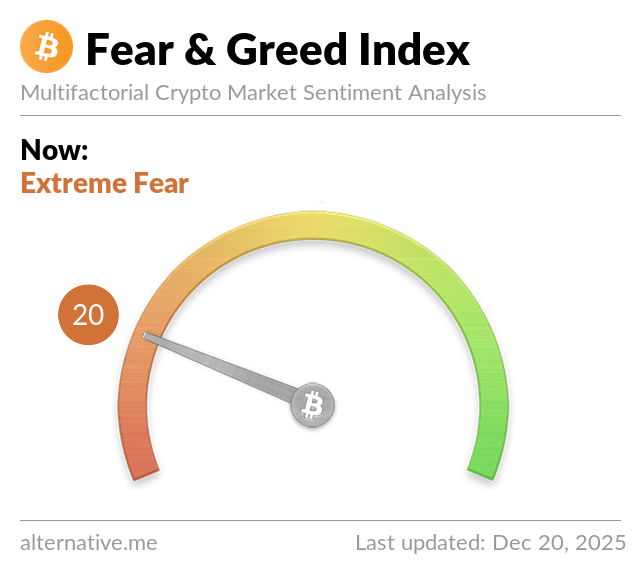Bitcoin Exchange-Traded Fund (ETF)
An ETF is a type of investment fund that trades on stock exchanges, just like individual stocks. It is designed to track the performance of a specific asset or group of assets, such as stocks, bonds, commodities, or, in this case, Bitcoin.
A Bitcoin ETF is an ETF that aims to provide exposure to the price movements of Bitcoin without requiring investors to directly own and hold the cryptocurrency. Instead, the ETF holds Bitcoin as its underlying asset, and investors can buy and sell shares of the ETF on the stock exchange.
The primary purpose of a Bitcoin ETF is to simplify the investment process for individuals and institutional investors who want exposure to Bitcoin's price movements but prefer the convenience and regulatory oversight offered by traditional financial markets. It allows investors to gain indirect exposure to Bitcoin without having to set up a separate digital wallet or deal with the technical aspects of buying, storing, and securing the cryptocurrency.
When you invest in a Bitcoin ETF, you are essentially buying shares of the fund, which represents a proportional ownership interest in the underlying Bitcoin holdings. The value of the ETF shares generally reflects the price of Bitcoin, minus any fees and expenses associated with the fund.
Bitcoin ETFs are typically structured as passive investment vehicles, meaning they aim to mirror the performance of Bitcoin rather than actively managing the underlying assets. This is done through mechanisms like holding actual Bitcoin or using derivatives contracts tied to Bitcoin's price.
It's important to note that the availability of Bitcoin ETFs can vary depending on your jurisdiction, as regulations and approvals differ from country to country. Before investing in a Bitcoin ETF, it's crucial to understand its structure, fees, risks, and the regulatory environment surrounding it.
Overall, a Bitcoin ETF provides a regulated and accessible way for investors to gain exposure to Bitcoin's price movements through traditional investment channels, making it an attractive option for those who want to participate in the cryptocurrency market without directly owning the digital asset.



.jpg)
Comments
Post a Comment